A Natural Survival Resource able to instantly numb desired areas of the body as well as provide antiseptic protection from Staphylococcus aureus and other related bacteria.
WARNING:
Outbackerish can not take any responsibility for any adverse effects from the use of plants. Always seek advice from a professional before using a plant medicinally.
What is a Toothache Tree?
The leaves and bark of the Toothache Tree (Zanthoxylum clava-herculis) contain one of the most potent and powerful natural medicines readily available in the wilds. This tree has the unique properties of a strong local numbing agent and antibacterial sterilizer. With little to no preparation, the soft bark, leaves and roots of this tree can be poulticed or even chewed to elicit an almost instantaneous numbing effect that will reduce if not eliminate all pain and feeling in the applied area for upwards of 20 minutes.
The distinctive Toothache Tree (Zanthoxylum clava-herculis) is known by several names including; Tingle Tongue, Hercules' club, pepperwood, or the southern prickly ash.
The tree has been historically used for medicinal purposes by both Native Americans and early settlers.
Characteristics: Plant Identification
Bark covered with distinctive spikes. Older branches and trunk are covered with the largest/thickest spikes, resembling 1 inch pyramids. Thorns on younger branches can resemble that of rosebushes and on the newest growth resemble narrow toothpick shaped spikes. Barks is relatively soft and is a mottled and patched tapestry of greys.
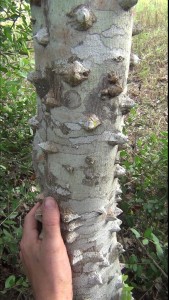 |
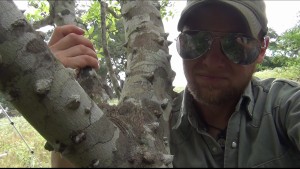 Tree height can range from 20-50ft and can be composed of multiple trunks. Tree height can range from 20-50ft and can be composed of multiple trunks. |
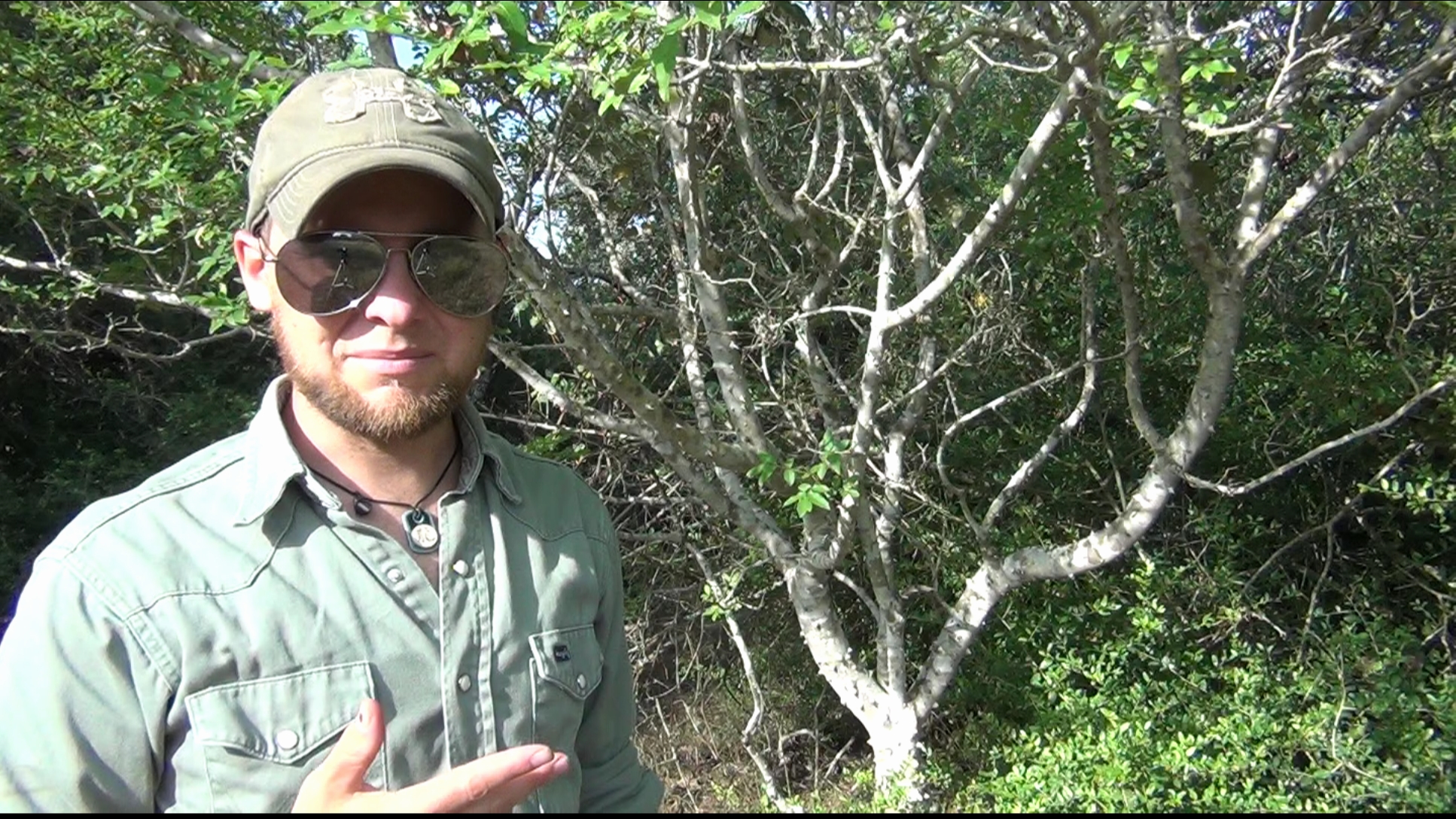
The leaves are alternate, pinnately compound, with 7-9 narrowly elliptical to lanceolate leaflets with round-pointed teeth. Each leaf is waxy-shiny above, a light green below and can range from 5-8 inches in overall length.
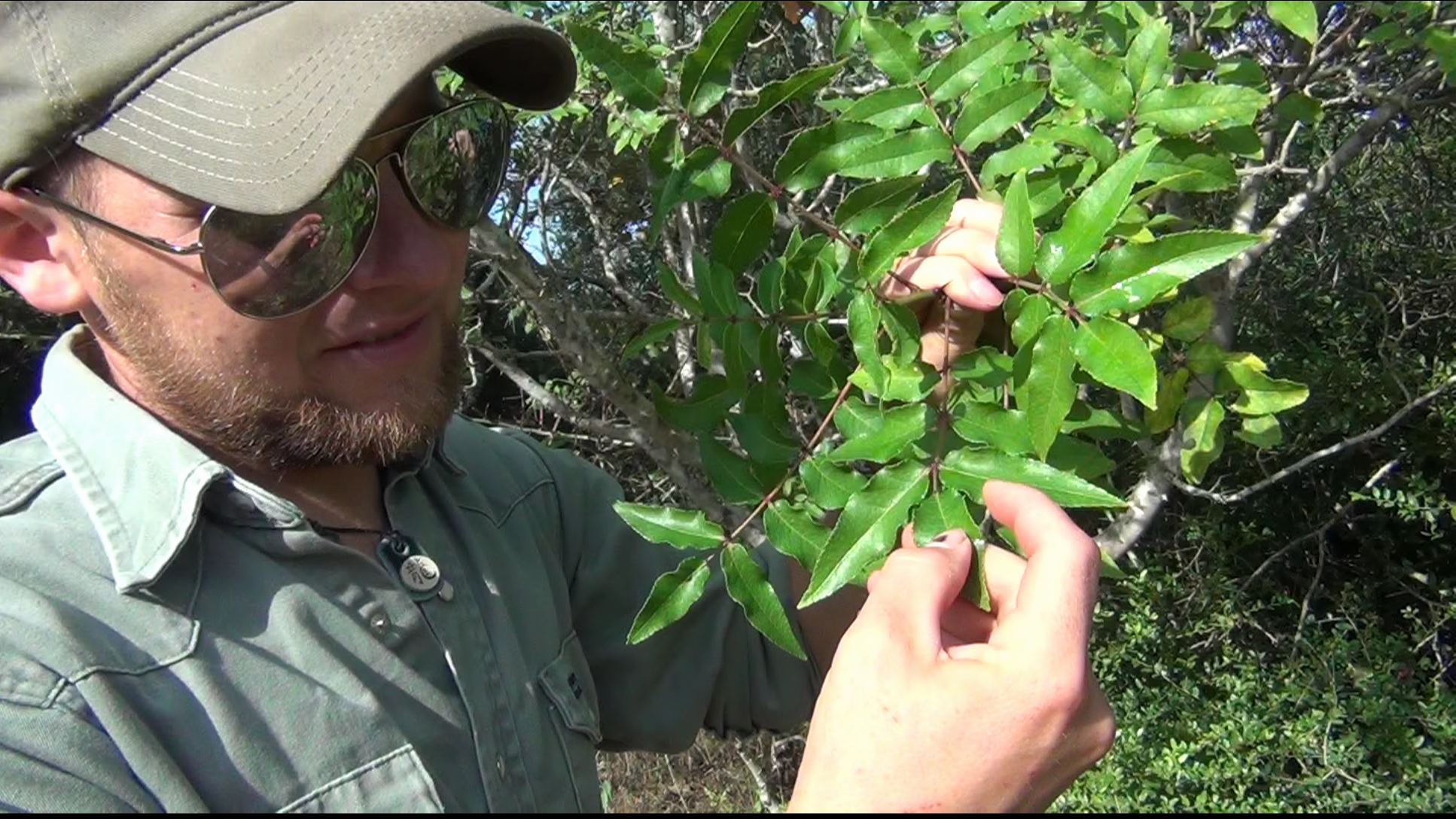
Distribution: Where it Grows
Range: AL , AR , FL , GA , LA , MS , NC , OK , SC , TX and VA
Habitat Characteristics: Typically grow scattered and within a few hundred miles of the coast. Stands can often be found on the bluffs of islands, near river banks or within sand dunes.
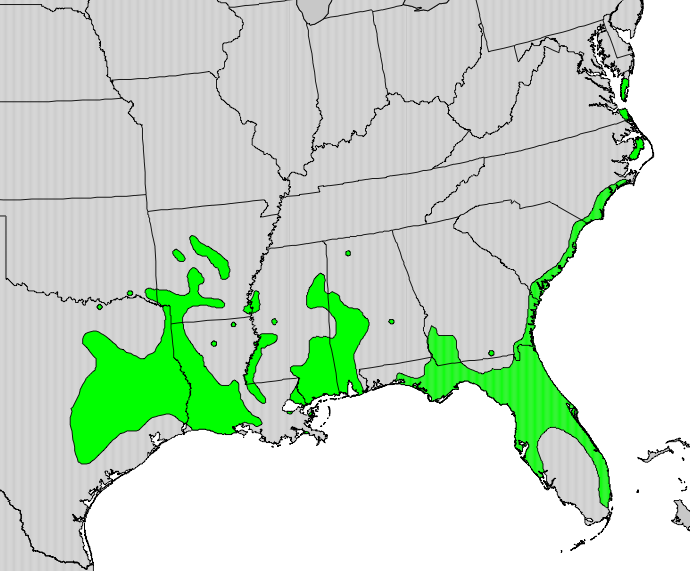
Watch this Video to See How It's Done
Not a step, but if a picture is worth a thousand words, then a video ought to be worth at least a thousand
pictures.
Click on the video above to see how to identify and use this powerful tree. Check out my YouTube Channel to see more Videos like this one: https://www.youtube.com/user/horsebackbob
[/mp_span] [/mp_row]

4 Responses